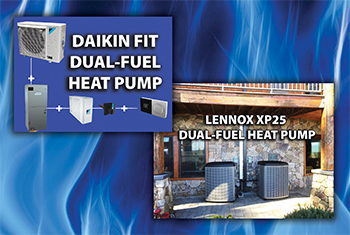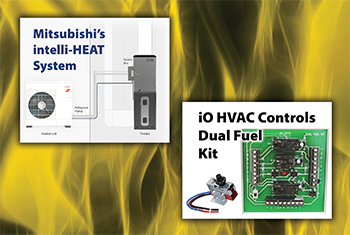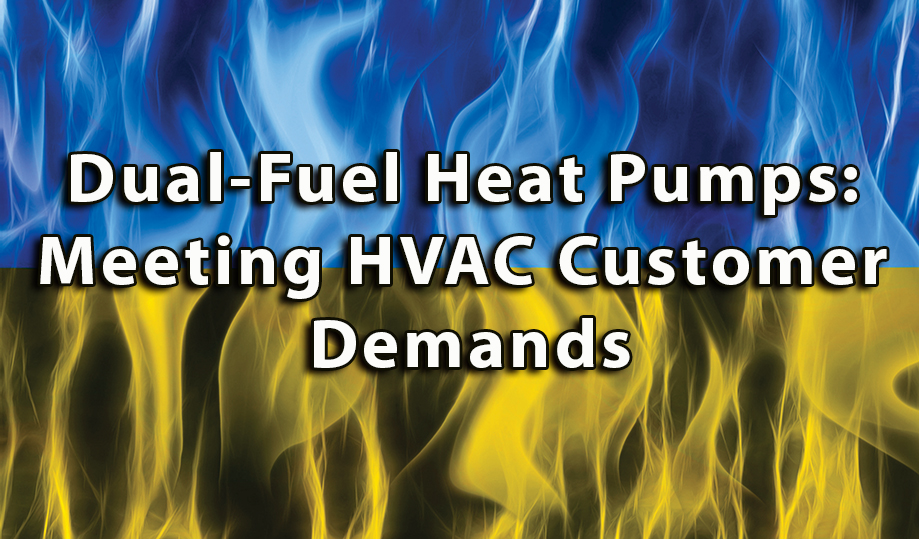- New Multistage Communicating System: If the customer’s existing furnace is outdated or requires replacement, suggest a multistage communicating dual-fuel system. These systems offer designs that work seamlessly, offering superior control over both the compressor and blower. It’s essential to match these systems properly to benefit from manufacturer support and warranty coverage.
- New Inverter-Driven Communicating System: Customers seeking top-tier efficiency and advanced technology may prefer an inverter-driven communicating dual-fuel system. These systems incorporate variable-speed inverter-driven compressors and high-efficiency variable-speed fans, resulting in outstanding SEER ratings. These systems often operate efficiently at very low temperatures, reducing reliance on the gas furnace.
Exploring Dual-Fuel Heat Pumps in Depth

To grasp the advantages of dual-fuel heat pumps, let’s delve deeper into their components and considerations.
Components of Dual-Fuel Systems: Dual-fuel systems consist of two main components: an electric heat pump and a gas furnace. The heat pump is responsible for primary heating tasks by extracting heat from the outdoor air and transferring it into the home efficiently.
However, during extremely cold weather or power outages, the gas furnace takes over to ensure consistent warmth. The furnace fan is responsible for moving air through the indoor heat pump coil and ducts into the home.

Another key component is the controls that allow the furnace and heat pump to work together. These controls must tell the system whether to operate cooling, heat pump heating, or furnace heating.
To determine whether to operate the heat pump or furnace, most controls will use outdoor air temperature.
The controls also need to tell the fan what stage to run the cooling or heating in and what speed to run the fan to match the compressor or furnace operation. This is where you need to be careful about matching heat pumps with a furnace.
If a customer is going with a brand-new furnace and heat pump, it’s easy to find a matched set that will communicate properly and just work. Whether the customer wants to go with a more traditional single- or two-stage system, or a fully modulating inverter system depends on their objectives and budget.
Traditional Components
For a more traditional offer, look for a single-stage heat pump that lists furnaces as compatible options for the indoor coil. You tyically need a brand-specific thermostat to ensure the two work together in the field.
At the higher end, systems like the Daikin FIT or Lennox XP25 offer dual fuel capability, sophisticated controls, and some of the highest efficiencies on the market.
If you’re adding a heat pump to an existing furnace, things get a little trickier.
The best option for a newer furnace is to find a heat pump matched to the furnace by the manufacturer. If the furnace has a multiple- or variable-speed fan, it may be a good candidate for a universal dual-fuel setup like Mitsubishi’s intelli-HEAT system. It will work with most furnaces, but will not achieve its full efficiency potential when combined with a furnace that only has a single- or two-speed fan.
Click Below for the Next Page:













Recent Comments